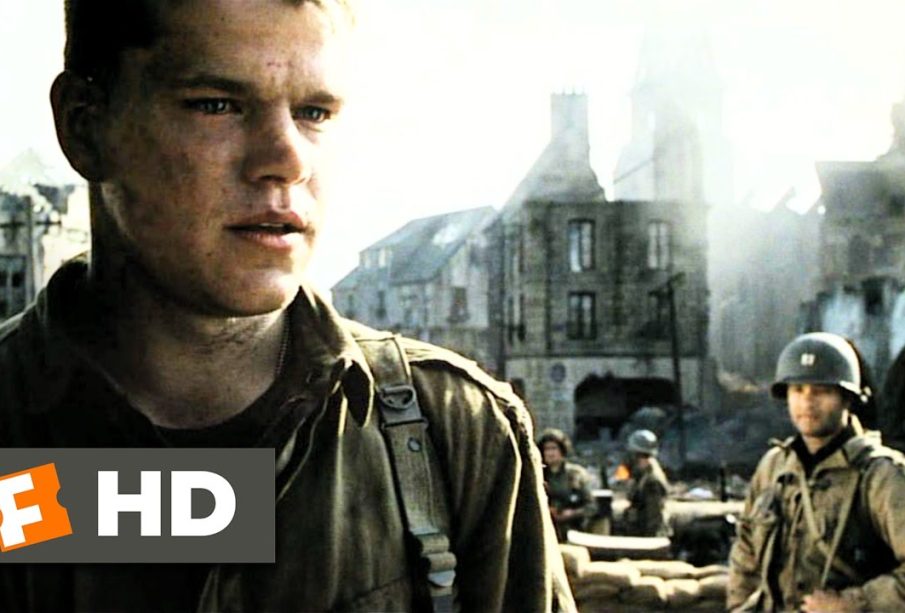Saving Private Ryan: A Landmark in War Cinema

Introduction
Saving Private Ryan, directed by Steven Spielberg and released in 1998, is a film that has left an indelible mark on the landscape of war movies. Renowned for its realistic portrayal of the brutality of World War II, it tells the poignant story of a group of U.S. soldiers on a mission to retrieve a paratrooper whose brothers have been killed in action. The film gained critical acclaim upon release and continues to resonate with audiences, making discussions around it relevant in contemporary cinema analysis and historical reflection.
Details and Events
Set against the backdrop of the Normandy Invasion during World War II, Saving Private Ryan begins with the harrowing depiction of the Omaha Beach assault, a sequence that has become iconic in the cinematic world. The opening 27 minutes showcase the chaos and violence faced by soldiers during D-Day, setting a new standard for realistic battle scenes in film history. The cast features notable actors like Tom Hanks as Captain Miller, Matt Damon as Private Ryan, and Vin Diesel, bringing depth to their characters amidst the horrors of war.
The film’s narrative emphasizes themes of sacrifice, camaraderie, and the moral complexities faced by soldiers. As Captain Miller and his men track down Private Ryan through war-torn Europe, questions about the value of one life in the face of widespread loss are profoundly explored. The casting, script, and cinematography together create a powerful narrative that not only entertains but challenges viewers to ponder the human cost of conflict.
Critical Reception and Impact
Upon its release, Saving Private Ryan received widespread acclaim and won five Academy Awards, including Best Director for Spielberg. It is often cited among the greatest war films of all time. Beyond its box office success, the film has influenced how wars are depicted in media, prompting a wave of new war films that strive for similar levels of authenticity. Its legacy has also sparked discussions regarding the representation of war in popular culture and the ethical implications of its imagery.
Conclusion
As we reflect on the film more than two decades later, Saving Private Ryan remains significant for its unflinching approach to depicting the realities of war. Its portrayal of bravery, sacrifice, and the human spirit serves as a reminder of the costs of conflict. Educational institutions and film studies continue to leverage it as a case study for students, ensuring that its messages endure. In an era of modern conflicts, the lessons drawn from Saving Private Ryan about empathy, loss, and honor remain as relevant as ever, contributing to ongoing dialogues around military actions and their impacts on human lives.









